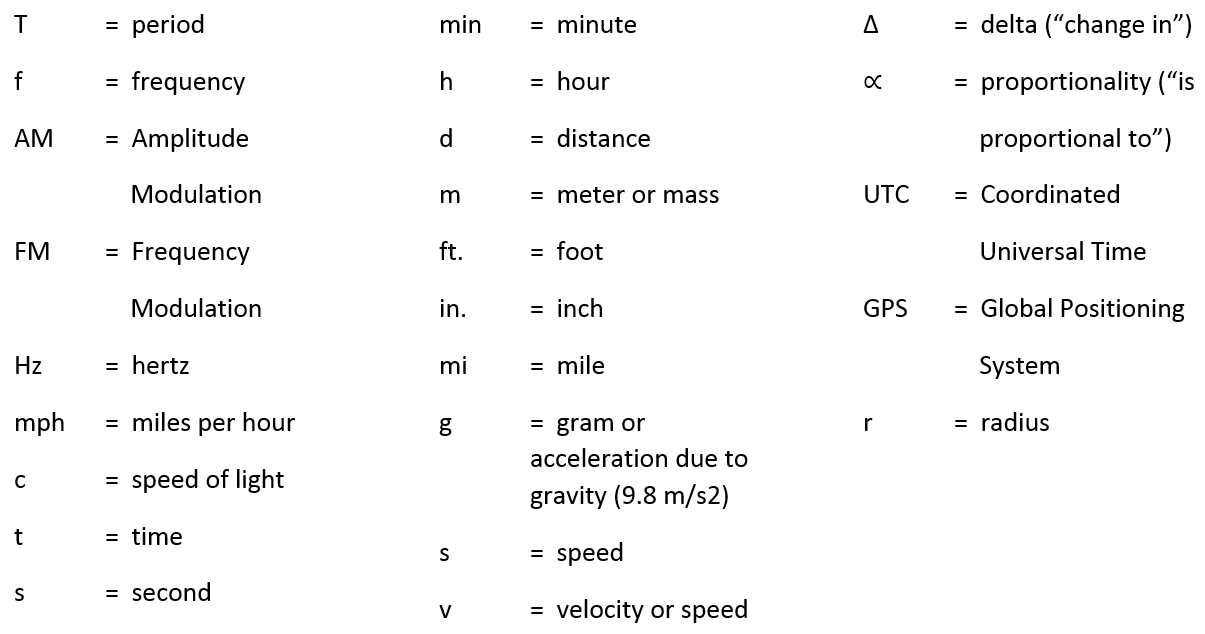

These blockages may cause a patient to experience chest pain, shortness of breath or even cause a heart attack.

While minor plaque deposits may not impede the blood flow to the heart, larger plaque deposits may significantly decrease or even block the flow of blood to the heart. Plaque (cholesterol deposits) and inflammation are the two main causes of CAD.

CAD develops when the major blood vessels supplying the heart become damaged or diseased. Triple vessel disease is an extreme form of coronary artery disease (CAD).

Here is how Triple Vessel Disease is identified and treated: What is triple vessel disease? Within CAD lies an extreme form, Triple Vessel Disease that affects a smaller number of patients. For additional information visit Linking to and Using Content from MedlinePlus.In the United States, heart disease remains the number one cause of death across most groups and accounts for one in every four deaths.Ĭoronary Artery Disease (CAD) is the most common form of heart disease, affecting about 6.7% of adults aged over 20. Any duplication or distribution of the information contained herein is strictly prohibited without authorization. Links to other sites are provided for information only - they do not constitute endorsements of those other sites. A licensed physician should be consulted for diagnosis and treatment of any and all medical conditions. The information provided herein should not be used during any medical emergency or for the diagnosis or treatment of any medical condition. This site complies with the HONcode standard for trustworthy health information: verify here. Learn more about A.D.A.M.'s editorial policy editorial process and privacy policy. is among the first to achieve this important distinction for online health information and services. follows rigorous standards of quality and accountability. is accredited by URAC, for Health Content Provider (URAC's accreditation program is an independent audit to verify that A.D.A.M. Lung transplant for a small number of very severe cases.Ī.D.A.M., Inc.Surgery to remove parts of the diseased lung, which can help less-diseased parts work better in some people with emphysema (lung volume reduction surgery).One-way valves can be inserted with a bronchoscopy to help deflate parts of the lung that are hyperinflated (overinflated) in select patients.Only a few people benefit from these surgical treatments: Surgery or other interventions may be used to treat COPD. If it is hard to keep your weight up, talk to a provider or dietitian about eating foods with more calories, by eating small frequent meals. Reduce air pollution by not using the fireplace and getting rid of other irritantsĮat healthy foods, including fish, poultry, and lean meat, as well as fruits and vegetables.Avoid very cold air or very hot weather.Things you can do to make it easier for yourself around the home include: Use pursed lip breathing when you breathe out, to empty your lungs before the next breath.Avoid talking if you get short of breath when you walk.Ask the provider or respiratory therapist how far to walk.You can do things every day to keep COPD from getting worse, protect your lungs, and stay healthy. But it can teach you more about the disease, train you to breathe in a different way so you can stay active and feel better, and keep you functioning at the highest level possible. Pulmonary rehabilitation does not cure COPD. You may need oxygen therapy at home if you have a low level of oxygen in your blood. Your provider may prescribe antibiotics during symptom flare-ups, because an infection can make COPD worse. Assistance from a machine to help breathing by using a mask or through the use of an endotracheal tube.Steroids by mouth or through a vein (intravenously).In severe cases or during flare-ups, you may need to receive: Anti-inflammatory drugs to reduce swelling in the airways.Control drugs to reduce lung inflammation.Quick-relief drugs to help open the airways.This is the best way to slow lung damage. But there are many things you can do to relieve symptoms and keep the disease from getting worse.


 0 kommentar(er)
0 kommentar(er)
